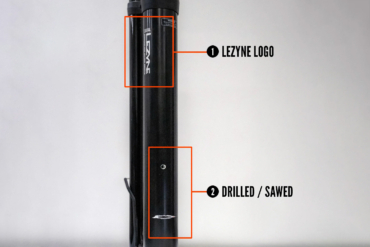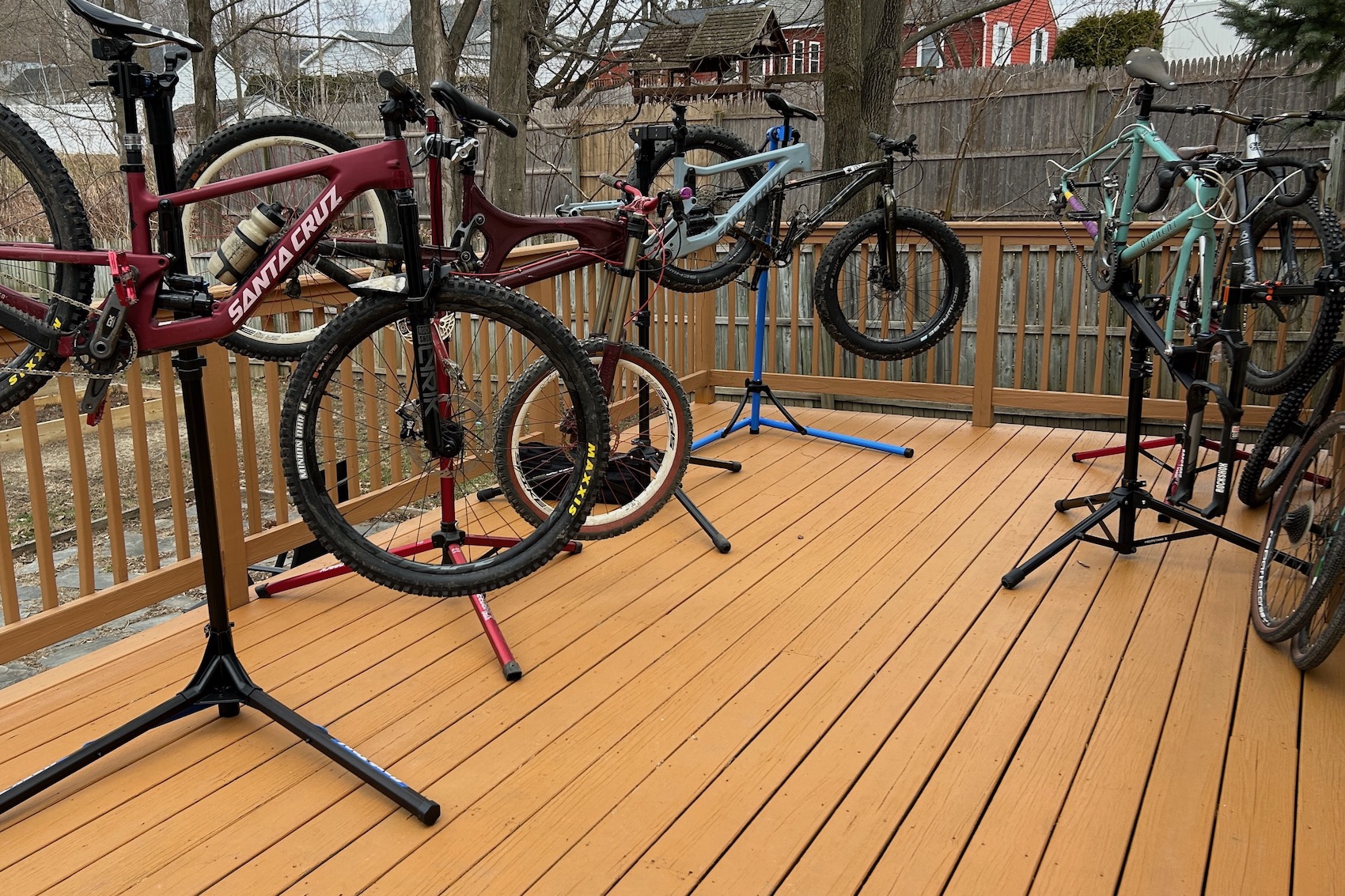A map, a bike messenger, and a goal to see the city while white-knuckling handlebars down crowded streets gave our editor a new perspective on the strange, thriving bike scene on New York’s renovated roads.

The airplane skids onto the tarmac. My bike, packed in a padded case, is in the underbelly soon to be sent with luggage to the baggage area at JFK. I have three days in New York and am determined to see the city on two wheels.
In a place dominated by cars, transportation by bicycle is experiencing a renaissance. Hundreds of miles of bike lanes were added in recent years, and organizations from the League of American Bicyclists to Bicycling Magazine laud New York as a top bike town.
In recent years, a citywide mind-shift, alongside municipal projects and community initiatives, has changed the face of biking. Car-free greenways, bicycle-specific traffic lights, and a massive bike-share program encourage locals and visitors alike to hop on for a ride.
Exploring NYC By Bike: The Outer Boroughs
My experience started at the airport. Traveling with a friend, I nabbed my bike from JFK’s dank baggage claim and got ready to roll.
As my friend jumped on a subway with the empty bike case, I gripped handlebars to ride west through Queens.

It can be an hour by car or on mass transit to Manhattan. I banked more than that for the bike ride, planning a meandering route to see a few sights on the way.
My first observation: The bike renaissance has not hit the farther reaches of the boroughs.
Atlantic Avenue, an artery coursing west from the airport, is a pseudo-highway dominated by speeding cars. Potholes and tire-swallowing cracks are common.
Trash blew in little vortexes as I pedaled hard to get west and into Brooklyn where bike utopia is purported amid the brownstones and espresso joints.
Indeed, I found a bona fide bike lane over the Brooklyn border. The city got nicer, and I ducked into Prospect Park for my first car-free stretch. Here were wide, blank roads open to cyclists alone that climbed through an urban woods.
Back onto the street grid, I rolled downhill into the heart of Brooklyn. Over the Gowanus canal, skirting Red Hook, and to the water’s edge, a no-cars Greenway appeared heading to the north. A spiked wall of skyscrapers glinted across the river.
The Brooklyn Bridge, packed with dog-walkers and selfie-takers, gave elevated access via a segmented bike lane into Manhattan.

Riding Midtown, Central Park
Day two on the bike was dominated by Central Park and Manhattan’s Midtown grid. Our Airbnb, an apartment near Times Square, connected to the massive north-south Avenues, including 8th, which offered a segmented bike lane for miles under tall buildings and through crowds.
A reduced speed limit since 2014 across Manhattan has slowed cars down, with 25 mph the maximum on most roads. I am unsure what it’s done for density, though. In Midtown, the ubiquitous honk of taxis, rumbling buses, delivery vans, semis, and the occasional personal vehicle choke every lane.

Meanwhile, exhaust and sewer smoke choke your lungs. Pedestrians dart as lights change, causing huge impenetrable masses. Paint, curbs, and plastic barriers shield bikers and show you where to go.
This all exists under stories-high lights, signs, and video screens. Police are everywhere. Biking in New York, to me, was defined by sensory stimulation and the sheer attention to detail required to negotiate obstacles and distractions block by block.
Despite the craziness, it works. Bikers are out in big numbers, and even though the traffic is dense I found it manageable.
The bike lanes are generous on multiple avenues heading up and down the island. Getting east and west across the town, though, can be slow, requiring copious traffic lights and the crossing of multiple major north-south thoroughfares.
Central Park is an oasis in many ways, not least for bikers. The park has miles of (mostly) car-free roads. Cyclists get a middle lane, and runners use the road, too, creating a pedestrian paradise in a place where cars dominate all around.

I rode the big loop in Central Park, a counterclockwise route that twists and bobs, offering climbs and descents, a true road biking experience in the city. Hit it hard and rail to 25 mph. Just watch out for the horse-drawn carriages and the pedal-carts.
An hour in Central Park and I coasted south onto 5th Avenue. It was 5 p.m., and the traffic was curb-to-curb. I rode in a bus lane and kept hitting red lights, walls of people, vehicles squeezing in from all sides.
It was slow going in busy-town that time of day, so I shouldered my bike and walked a couple blocks to breathe. Next time in rush hour, I’d find a Greenway on the edge of the island or hop to an avenue again where the painted bike lanes flow with the cars.
Downtown: Messengers & Alleycats
My third day started with a text message. Kevin Bolger, aka “Squid,” is a 20+ year veteran of the bike messenger scene and the founder of one of the top companies in the city, Cyclehawk.
Before the trip, I was connected to Squid by a friend. He sent instructions to meet up in Midtown, texting: “I just dropped off at 227 W 42 and I’m going to put two jobs at 220 E 60 next, then looks like I have three for Midtown and one going downtown… I should be close to dropping at 133 E 39 around noon.”

Noon it was.
The next three hours were a completely different view. I shadowed as Squid delivered light bulbs, wine bottles, and other goods around the city.
Streetwise from years in the saddle, Squid pedaled in and through traffic; he, in fact, was traffic, a cog in the Manhattan machine just trying to get from point A to B. His daily puzzle is to nab packages, pick and drop deliveries, make deadlines, and stay upright (and move fast) among an endless swarm of automobiles.
Squid is friendly and upbeat, despite a punk look. He waves and signals with his hands, and he verbally “nudges” when traffic is dense.
At a tight spot where walkers streamed through on a red light: “Hey sweetheart, look out, OK?” he yelled, smiling and rolling through.
Walls of cars are mazes to Squid. He drifts into tight corridors and skinny lanes made by traffic stacked block after block, vehicles idling on either side. He swerves as the cars move, leaning occasionally on a hood, pushing off the side of a bus to get ahead.
It’s a trip to follow Squid and see his deft maneuvering. He’s at ease, despite ever-present dangers, noting “it used to be way worse riding around here.”
Racing Lower Manhattan
Before our afternoon was out, we managed one final objective: a street race.

The Lock Foot Posi alleycat, organized by its namesake group as a memorial event for friends who have died (many in bike accidents), attracted dozens of riders.
Squid and I squeezed in among the rough-looking crowd, a mix of messengers and urban riders. Jean jackets and single-speed bikes dominated, and cigarettes stood in for many riders as a pre-race fix.
We all packed into Thompkins Park, the meet-up point. “This is for our friends who have fallen,” one rider said.
As if on cue, in an only-in-New-York moment, a troupe of Scottish bagpipers came into view. The ad hoc parade, unrelated to our race, wailed a somber dirge.
For a few moments, this motley collection of speed-loving road rats all shared the silence — a pause in a city of electricity and mayhem.

The quiet was temporary, and as the parade moved on the park, and the riders, came back alive.
Then a shout. “GO!” the organizers yelled, shattering the stillness. Riders rushed to their bikes, sprinting in every direction to route a path.
I jumped onto my bike, following Squid. He swooped right and out of the park, blending back into traffic, back into the stream of craziness he loves.







